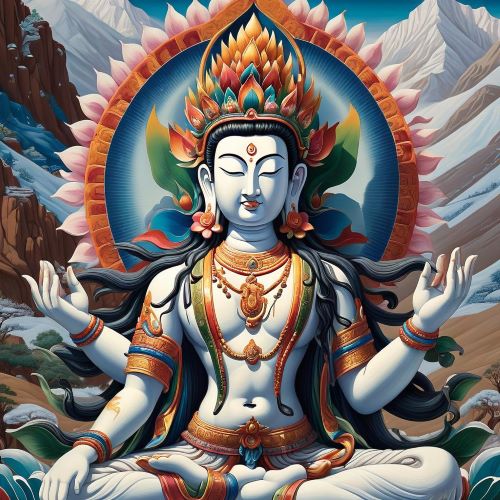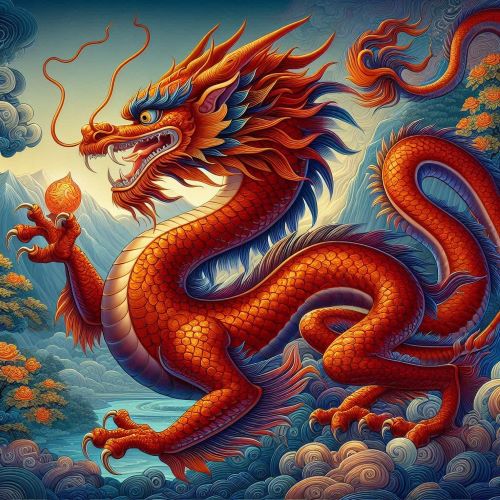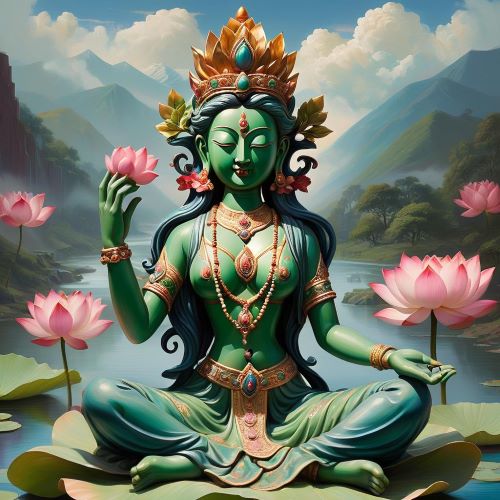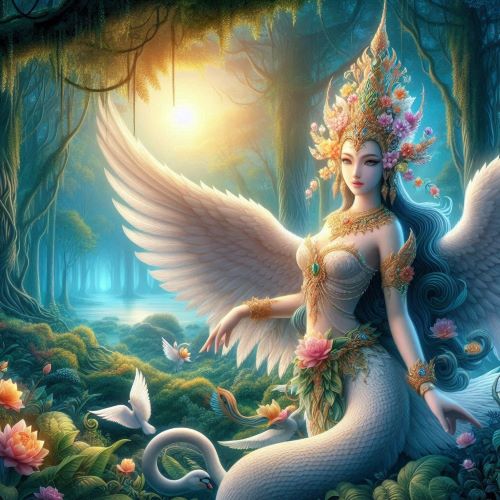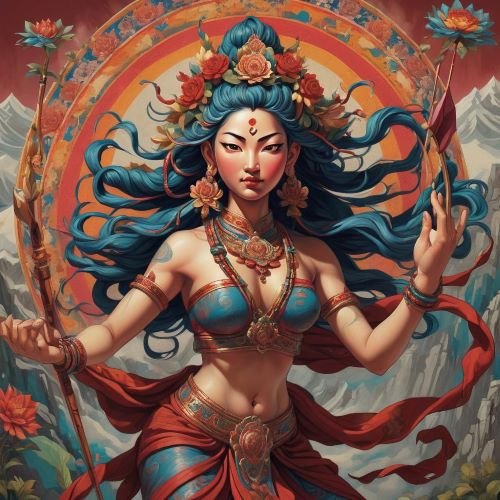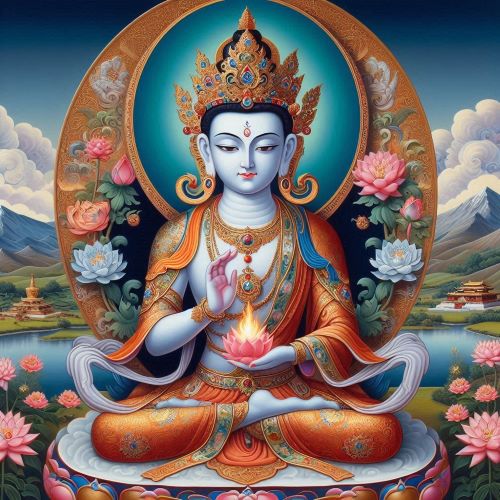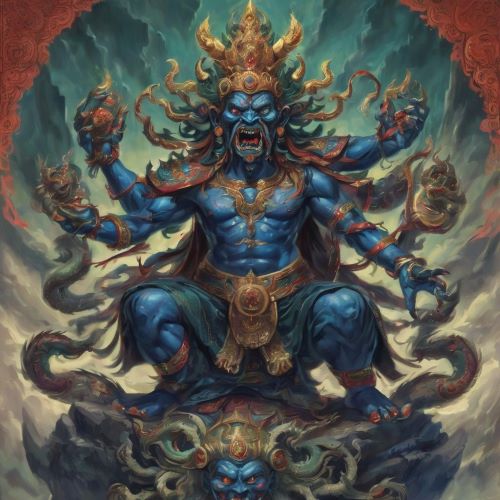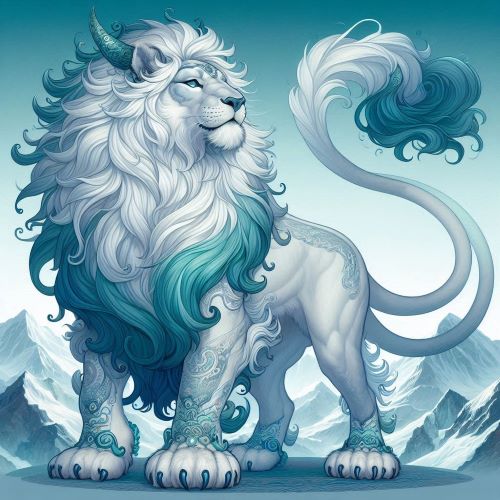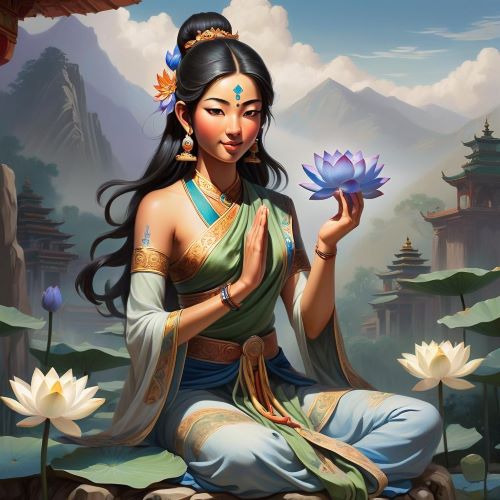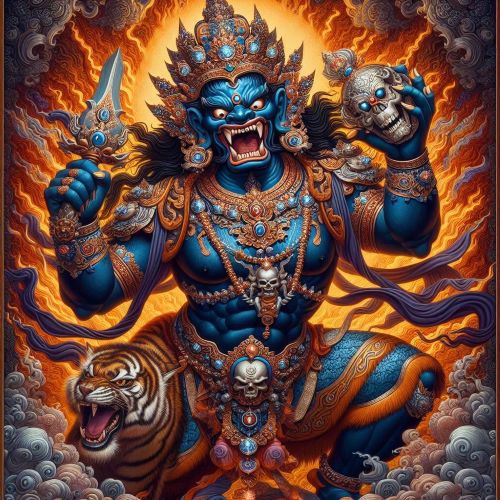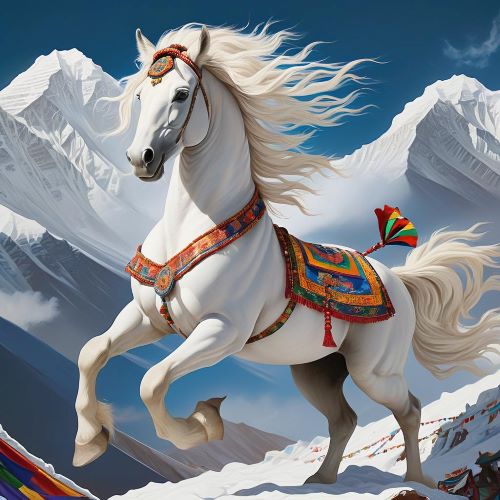Tibetan & Bhutanese Mythology
Tibetan and Bhutanese mythology form a deeply intertwined spiritual heritage rooted in the majestic landscapes of the Himalayas. Both traditions draw from a fusion of indigenous animist beliefs, ancient Bon practices, and the profound influence of Vajrayana Buddhism. These mythologies serve not merely as collections of divine tales but as living philosophies that shape the moral, spiritual, and cultural fabric of their people. In both Tibet and Bhutan, gods, goddesses, and supernatural beings coexist with humans in a universe where the physical and spiritual worlds overlap. Every mountain, river, and forest is believed to possess consciousness, and myths often teach lessons about compassion, karma, and the interconnectedness of all living beings. This deep reverence for nature and spirituality continues to define Tibetan and Bhutanese mythology as a powerful reflection of Himalayan life and worldview.
In Tibetan mythology, the universe is seen as a vast mandala—a sacred cosmic diagram where deities embody universal forces. The pantheon includes compassionate figures like Avalokiteshvara (Chenrezig), the bodhisattva of mercy, and Tara, the goddess of compassion, who manifests in multiple forms to aid those in need. Equally important are wrathful deities such as Mahakala and Palden Lhamo, whose terrifying forms symbolize the destruction of ignorance and evil. Many myths also stem from the Bon religion, Tibet’s pre-Buddhist spiritual system, which features mountain spirits, sky gods, and serpent deities known as lu. These beings still play an active role in local rituals and oral traditions. The stories of Padmasambhava, or Guru Rinpoche—the tantric master who brought Buddhism to Tibet in the 8th century—serve as the cornerstone of Tibetan spiritual mythology, blending history, miracle, and metaphysical symbolism into timeless narratives of enlightenment and transformation.
Bhutanese mythology, while closely related, evolved with its own distinctive identity centered on national symbols, local deities, and the divine role of nature. Known as “The Land of the Thunder Dragon,” Bhutan reveres the Druk, a celestial dragon that represents the power of the elements and the protection of the kingdom. The mythological landscape of Bhutan is populated with guardian spirits, mountain gods (yul lha), and river deities who safeguard villages and ensure balance in the natural world. Like Tibet, Bhutan’s mythology is deeply influenced by Buddhist cosmology, where moral order is maintained through karma, reincarnation, and the compassion of enlightened beings. Monastic dances and festivals, such as the famous Cham dances, reenact mythic battles between gods and demons, symbolizing the victory of good over evil and the triumph of wisdom over ignorance. These rituals not only preserve ancient mythology but also strengthen Bhutan’s cultural and spiritual identity in the modern world.
Tibetan and Bhutanese mythology remain alive today in art, literature, and daily spiritual practice. From colorful thangka paintings that depict celestial realms to the chanting of sacred mantras in high-altitude monasteries, mythology continues to inform the way people understand the universe and their place within it. The enduring presence of mythological figures like Tara, Guru Rinpoche, and the Thunder Dragon connects the past with the present, offering guidance, protection, and inspiration. Through centuries of change, Tibetan and Bhutanese mythology has sustained a worldview grounded in balance, compassion, and reverence for all life. In a modern era often distanced from the sacred, these Himalayan traditions remind the world of the spiritual depth that continues to flourish in the roof of the world.


